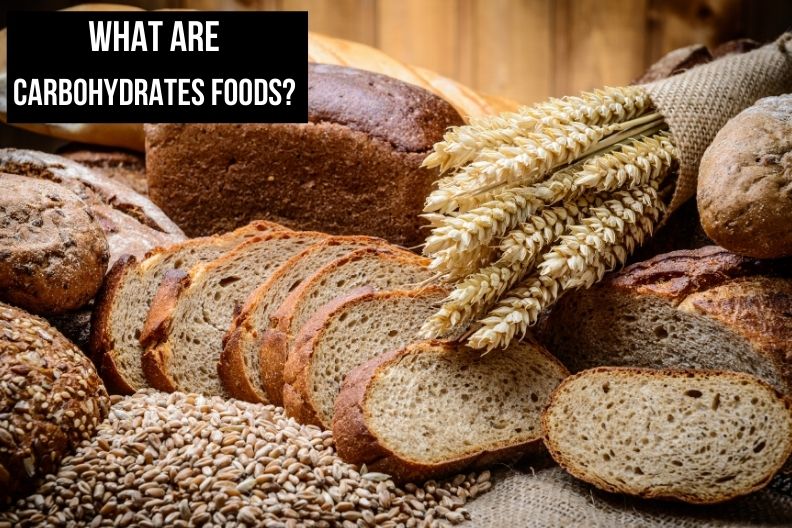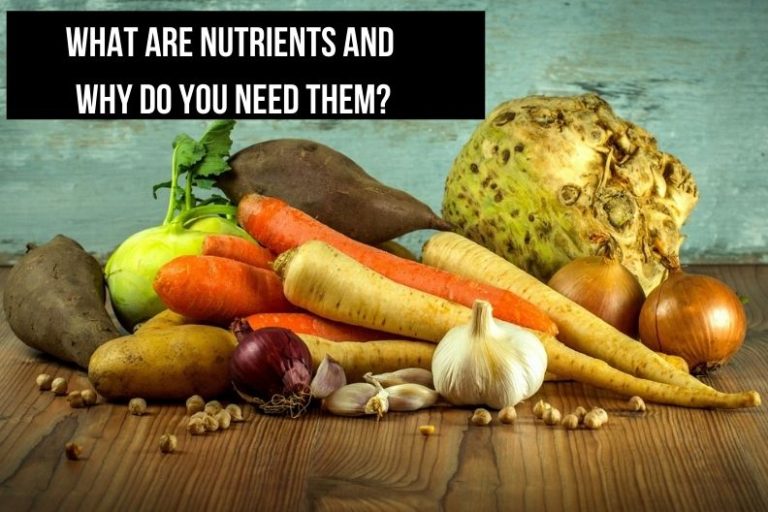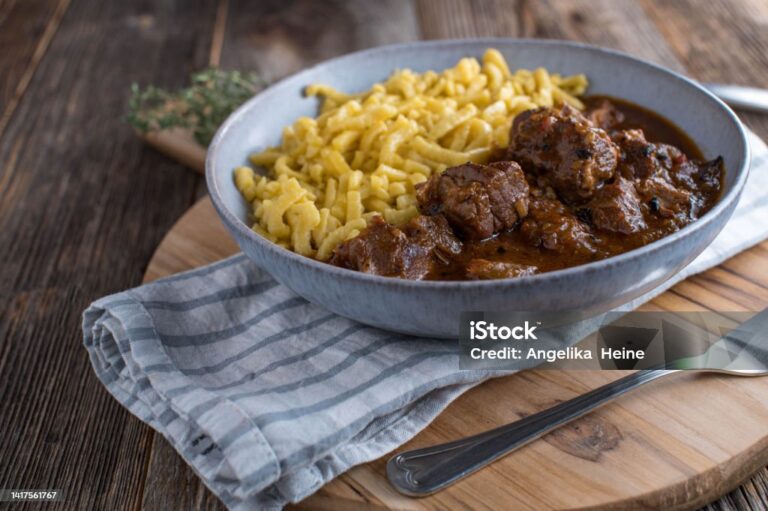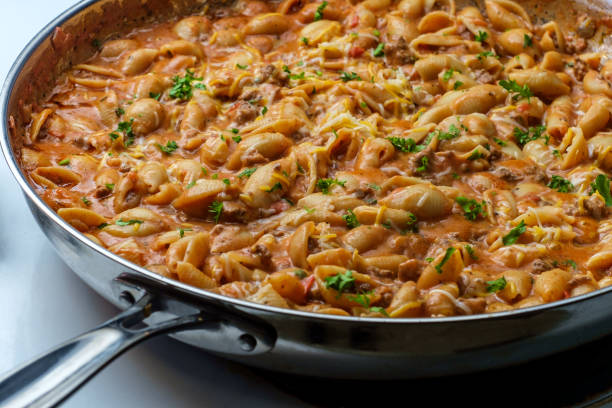What are Carbohydrates Foods?
This post contains affiliate links. This means I will make a commission at no extra cost to you should you click through and make a purchase. Read the full disclosure here.
What comes to mind when you hear the word carbohydrates? If you are thinking potatoes, bread, rice, spaghetti, or fruits, you are correct. If your thoughts lead to fattening foods, you might think differently after you read this blog post.
Carbohydrates are one of the six essential nutrients and are your body’s main source of energy. They are the sugars, starches, and fibers in your diet. Except for the natural sugar in milk, nearly all carbohydrates come from plant sources.
Carbohydrates should form the bulk of your diet. In many nations around the world, about 75 percent of daily calories come from carbohydrates. This is because many grains, vegetables, and fruits are expensive.
Table of Contents
What are the 3 Classifications of Carbohydrates?
Carbohydrates are made of three common chemical elements: Carbon, hydrogen, and oxygen. On the basis of the number of forming units, three major classes of carbohydrates can be defined: monosaccharides, oligosaccharides, and polysaccharides.
Monosaccharides
Monosaccharides are carbohydrates composed of single sugar units. (The prefix mono- means one.) These are the smallest carbohydrate molecules. The three monosaccharides are glucose, fructose, and galactose.
Glucose is sometimes called blood sugar because it circulates in the bloodstream. It is the body’s source of energy. Fructose has the sweetest taste of all sugars. It occurs naturally in fruits and honey. Galactose does not occur alone as a monosaccharide in foods. Instead, it is found bonded to glucose. Together, these two monosaccharides form the sugar in milk.
Disaccharides
The disaccharides are made up of two sugar units. (The prefix di- means two.) The body splits disaccharides into monosaccharides during digestion. The disaccharides are sucrose, maltose, and lactose. All the mono- and disaccharides are collectively referred to as sugars.
Sucrose is the sugar you use in recipes or add to foods at the table. It is made of one glucose molecule and one fructose molecule that are bonded together. Sucrose is found in many foods. Beet sugar, cane sugar, molasses, and maple syrup are concentrated sources of sucrose.
Lactose is found in milk. It is made of one glucose molecule and one glucose molecule and one galactose molecule that are bonded together. Lactose serves as a source of energy for breastfed infants.
Maltose is made of two glucose molecules that are bonded together. It is formed during the digestion of starch. It may also be found in certain grains, such malt.
Polysaccharides
Polysaccharides are carbohydrates that are made up of many sugar units. (The prefix poly – means many.) These units are linked in long, straight chains or branched chains. Like the disaccharides, the polysaccharides must be broken down during digestion. Starches and fibers are polysaccharides.
Function of Carbohydrates
Carbohydrates are the body’s main source of energy. In their absence, your body will use protein and fat for energy. The biggest consumers of glucose are our brain and muscles – our brain alone uses around 120g of glucose a day just to function. As a backup, our body can use other sources of fuel.
What are the Sources of Carbohydrates?
Carbohydrates are found in variety of food both healthy and unhealthy. They also come in a different forms such as fibers, and starches.
Fibers
Fibers are Polysaccharides that make up the tough, fibrous cell walls of plants. These carbohydrates are found only in plant foods. Human digestive enzymes cannot digest fibers, but bacteria in the digestive tract can break down some fibers. Because most fibers pass through the digestive system unchanged, these carbohydrates provide almost no energy (calories). Cellulose, gums, and pectin are some types of fibers.
Starch
Starch is a Polysaccharide that is the storage form of energy in plants. Starch is made of many glucose molecules that are bonded together. Grain products, such as bread and cereals, and starchy vegetables, such as corn, potatoes, and legumes, are high in starch.
Simple vs. Complex Carbohydrates
Because of their simple molecular structures, monosaccharides and disaccharides are considered simple carbohydrates. When people talk about eating simple carbohydrates, they are generally refering to foods that are high in simple sugars. Such foods include table sugar, candy, syrups, and soft drinks. Polysaccharides have a larger, more intricate molecular structure. Therefore, they are considered complex carbohydrates.
When people talk about eating complex carbohydrates, they are reffering to foods that are high in starch and fiber. Breads, cereal. Rice, pasta and vegetables are all sources of complex carbohydrates.
The distinction between simple and complex carbohydrates is important when making food choices. Choosing more food sources of complex carbohydrates and fewer fewer sources of simple carbohydrates has health and nutrition benefits.







